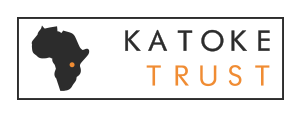Primary school
Years: 7 years of primary education for ages 7-13, generally taught in Kiswahili.
Enrolment rates: The abolition of fees in primary schools in 2001, coupled with the compulsory requirement that parents/guardians send all children to school, has meant that 94 percent of children aged 7 to 13 years were enrolled in primary school in 2011, compared with only 59 percent in 2000.
Secondary school
Years: In Tanzania, there is 4 years of secondary ordinary level education (forms 1 to 4) followed by 2 years of secondary advanced level education (forms 5 and 6). Forms 1 to 6 are equivalent to years 7 to 12 in Australia. Secondary school is taught in English as mandated by the Government.
Students complete national exams after form 2 and form 4. Students successful in reaching the pass marks for form 4 in certain courses can continue onto forms 5 and 6.
Enrolment: Net secondary school enrolment has expanded quickly in recent years- from just 6 percent in 2000 to over 30 percent by 2011.
Challenges for the Tanzanian Education system: With rapid expansion of education in recent years some of the challenges remain:
- Average of 66 pupils in each government primary school classroom in 2011.
- There has been no corresponding increase in the number of trained teachers – the pupil: qualified teacher ratio stands at 49:1.
- Most schools face extreme shortages in textbooks, desks, chairs, toilets, water supply, and hand-washing facilities.
- On average there is one textbook for every 5 students.
- English-language difficulties of students within schools.
At Katoke-Lweru Secondary School (KLSS), class sizes are capped at 40 students for form 1 to 4. Class sizes are approximately 25 in forms 5 and 6. Classrooms are fully equipped for the number of students. Every class is instructed by a qualified teacher. We pride ourselves on providing quality education!
See further information on KLSS at: Secondary School
